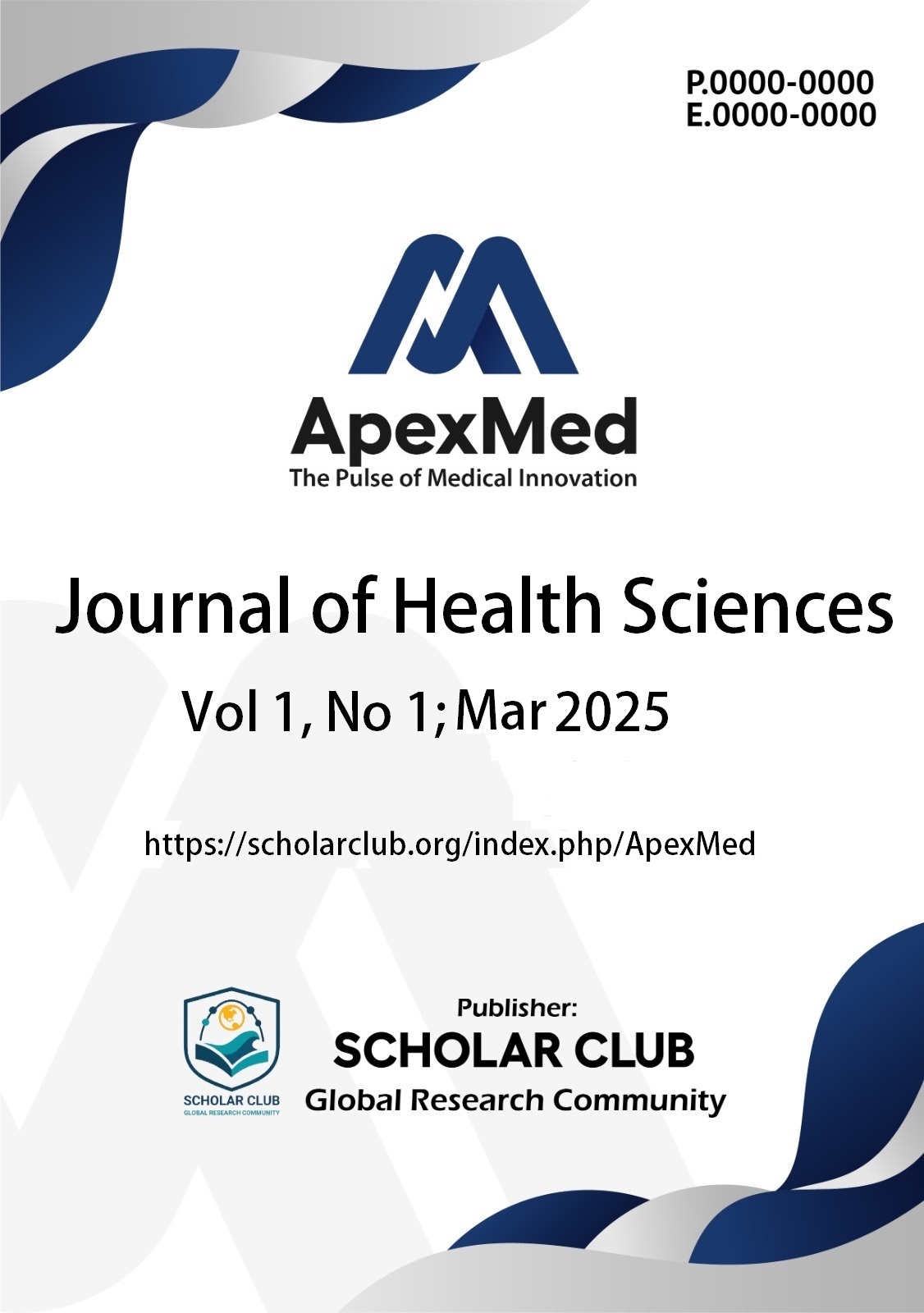Evaluation of Concentration and Time Duration of Parthenium Hysterophorus and Melia Azedarach In Field Conditions for Mosquteis Control
Keywords:
Mosquito control, Parthenium hysterophorus, Melia azedarach, larvicidal activity, biopesticides, plant extractsAbstract
Mosquitoes, mainly from the Culicidae family, are the feared vectors for the dangerous communicable diseases such as dengue, malaria, and several infectious diseases. This study determined the larvicidal activity of Parthenium hysterophorus and Melia azedarach extracts against mosquitoes with a particular focus on their combinatorial effect. The field experiment was conducted at the Nuclear Institute of Food & Agriculture (NIFA), Peshawar, Pakistan, 2021 to assess the mortality of larva from mosquitoes that were treated with varying concentrations of plant extracts. The formulations were conducted at two ranges of concentrations (0.1% and 0.3%) and sodium bicarbonate. The study established a significant correlation between concentrations and levels of time exposures with the larval mortality at its peak when a 0.3% concentration was used for 3 hours, achieving the highest mortality rate (95%). This research study provides valuable insights into the efficacy of biopesticides that are environmentally friendly, suggesting that these feel like a viable and sustainable alternative to chemical insecticides used to control mosquitoes. In conclusion, the data indicates that the highest mortality on the mosquito population was found with a concentration of 0.3% for 3 hours. Future studies are needed to determine whether these organic, non-harmful biopesticides remain effective in a longer timeframe and whether their improvement can be generalized for use in an integrated program for mosquito management.







